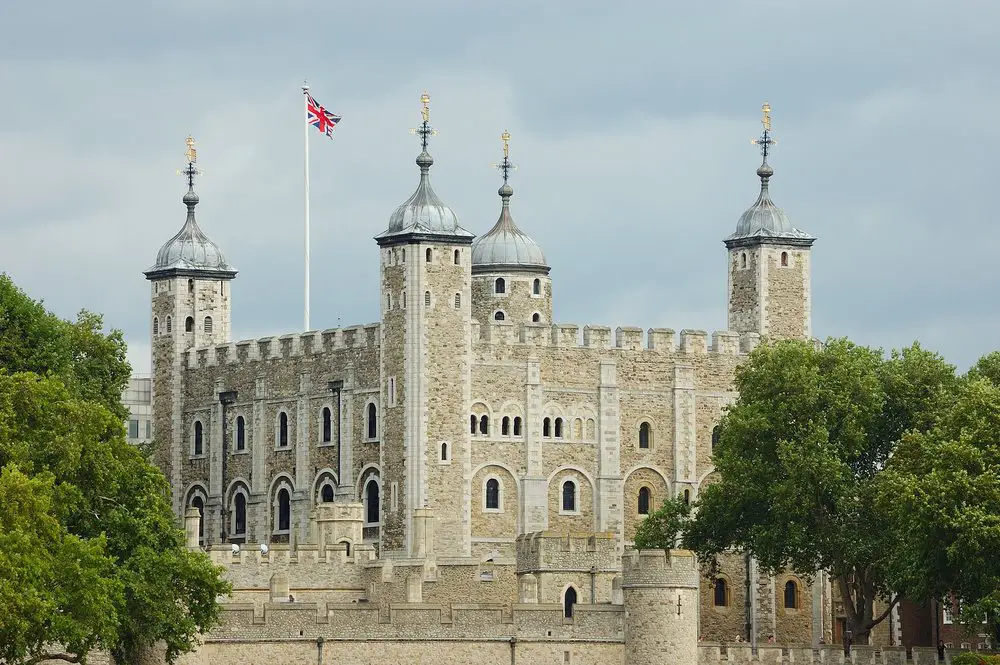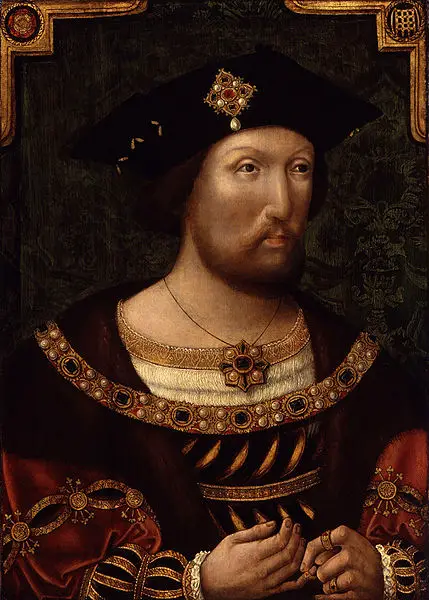In today's "On this Day in Tudor History", I give the background to Mary, Queen of Scots' execution on this day in 1587 and also share part of an eye-witness account.
The book I recommend is John Guy's "My Heart is My Own". You can get this book here: http://viewbook.at/queenofscots
Here is the link to read the eye-witness account in full - https://www.tudorsociety.com/8-february-1587-execution-mary-queen-scots-primary-source-account/.
Find out more about Mary, Queen of Scots:
- Elizabeth I and the fall of Mary, Queen of Scots
- Elizabeth I and the fall of Mary, Queen of Scots Part 2
- Mary, Queen of Scots category
Also on this day in history:
- 1545 – Death of Sir John Arundell of Lanherne at the home of his nephew, Richard Roscarrock of Roscarrock, in St Endellion, Cornwall. He was buried at St Columb Major. Arundell had fought against the Cornish rebels in 1497 and served Henry VII and Henry VIII as receiver of the duchy of Cornwall from 1508 until 1533.
- 1601 – Robert Devereux, 2nd Earl of Essex, his supporters and two hundred soldiers gathered at Essex House. Essex then marched into the city crying “For the Queen! For the Queen! The crown of England is sold to the Spaniard! A plot is laid for my life!”. However, the people ignored him and stayed indoors. Essex was forced to give up after his supporters deserted him, and he surrendered after Lord Admiral Nottingham threatened to blow up his house if he did not give himself up. Click here to read more about the rebellion.
- 1608 – Death of Nicholas Bond, clergyman and President of Magdalen College, Oxford, from 1590. He was buried in the college chapel.
1614 – Burial of John Bracegirdle, poet, at St Mary's Church, Rye, in Sussex. He is known for his 1602 “‘Psychopharmacon, the mindes medicine, or, The phisicke of philosophie”, a translation of the work of Anicius Manlius Torquatus Severinus Boethius into English blank verse.



It’s interesting that Mary’s worst fear was to be killed in secret. She wanted the act to be done publicly to present herself as a Catholic martyr.
So oddly enough, she had Amyas Paulet to thank for that.
Mary must have been really desperate by now as she had been a prisoner for eighteen years. Sooner or later she was going to give the nod to a plot in order to get out and take her rightful place on the English throne (Mary held her own claim more than Elizabeth’s and she was legitimate, Elizabeth was not) so Elizabeth probably felt she had no choice.
Of course it wasn’t treason as Elizabeth had no authority over Mary. Elizabeth knew that which was why she agonized over her cousin’s death. Mary believed herself a martyr because she took of her robes and she was dressed in scarlet. Her farewells to her ladies is really moving and I think the executioner deliberately placed her over the block too far forward, which is why the axe hit her shoulder. I think scholars have done reconstruction to work out this is how she was at the block.
The only person who had integrity in this terrible act of regicide was Paulet who refused to murder his prisoner because it was without honour. Elizabeth wanted to use deception, her Council wanted to act behind her back, Elizabeth wanted to kill her in the night, her Council made sure it was public, then she tried to claim it wasn’t her wish and everyone held their breath.
Mary Q of Scots is a real enigmatic character, she was loved by the commons of Scotland, howled at and about by John Knox aka David Tennant, worshipped as exceptional in charm and beauty, decried as an adulterous who and murderess by her detractors, succeeded were Elizabeth failed in giving her country an heir, married two men who were her downfall, was a success for three years, then a failure as her heart won the day, yet, she was seen as a true heroine. She was not the long reigned excellent politician that Elizabeth was and yet the two women were not as dissimilar during youthful years as history may imagine. Elizabeth probably wouldn’t have made some of Mary’s mistakes but then she didn’t marry a man who would lead the Lords of the Congregation to commit an atrocious act of murder and to rebel. Faced then with his murder, we don’t really know how Elizabeth would act. We assume she would have remained and demanded Darnley’s killers were brought to justice, but what if she was also in danger and suspension fell on her? Mary saw a protector, she didn’t forsee the fallout. Elizabeth may have had more prescence of mind, but we only assume this because she didn’t marry in the first place, not that anyone would have had her after her face became so badly marked with smallpox anyway. Elizabeth had to be no one, she couldn’t marry and rule. Mary made a number of errors which have come to define her, but this is unfair. She also had great strength and determination and stood up to some of the most forceful and brash men in her kingdom. She was no puppet Queen. She held to her own self belief in her cause to the end. When she wrote to her son that in her end was her beginning, she entered into legend and romance and ironically it was Elizabeth who was condemned by history, while Mary is held as a heroic martyr and wronged woman and Queen.